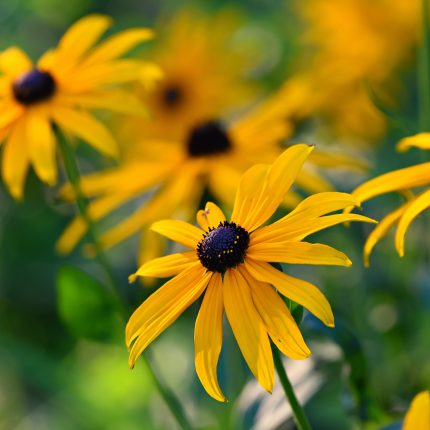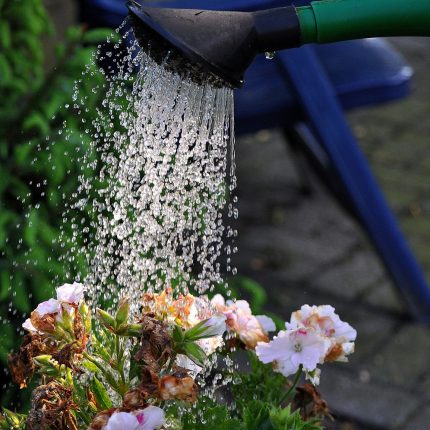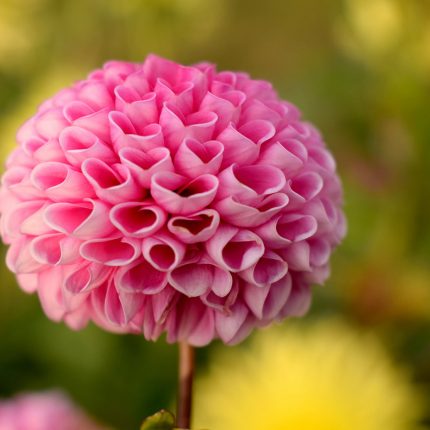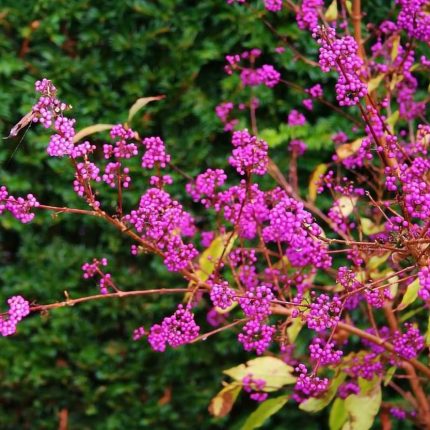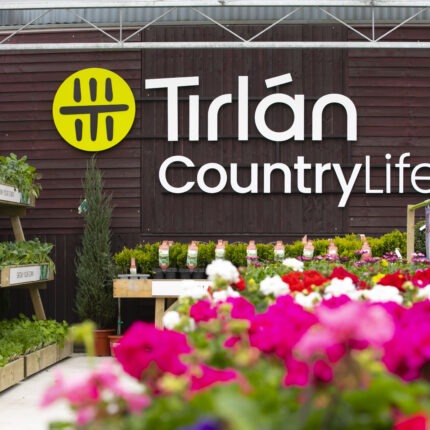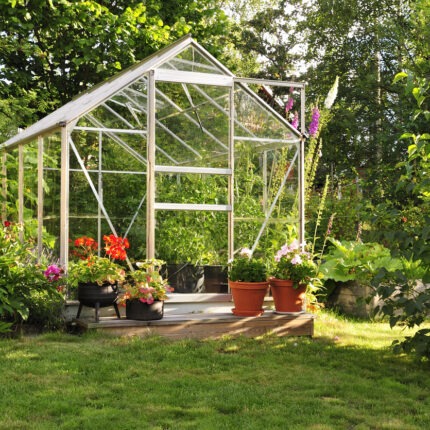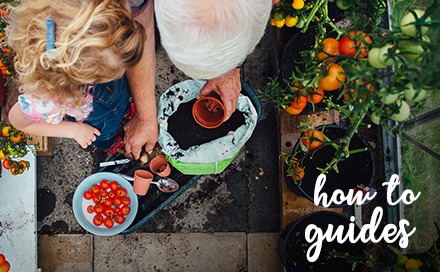Crocosmia – The Orange Devil
Crocosmia create an exotic display of sword-shaped leaves and vibrant and colourful bee-friendly tubular-shaped flowers.
Crocosmia is a small genus of flowering plants in the iris family, Iridicae. It is native to the grasslands of southern and eastern Africa but as anybody who has grown crocosmia will tell you, crocosmia does just as well in our Irish climate as it does in its homeland. They’re also very attractive to garden pollinators.
Crocosmia is often referred to as “Lucifer”, or “The Orange Devil”.
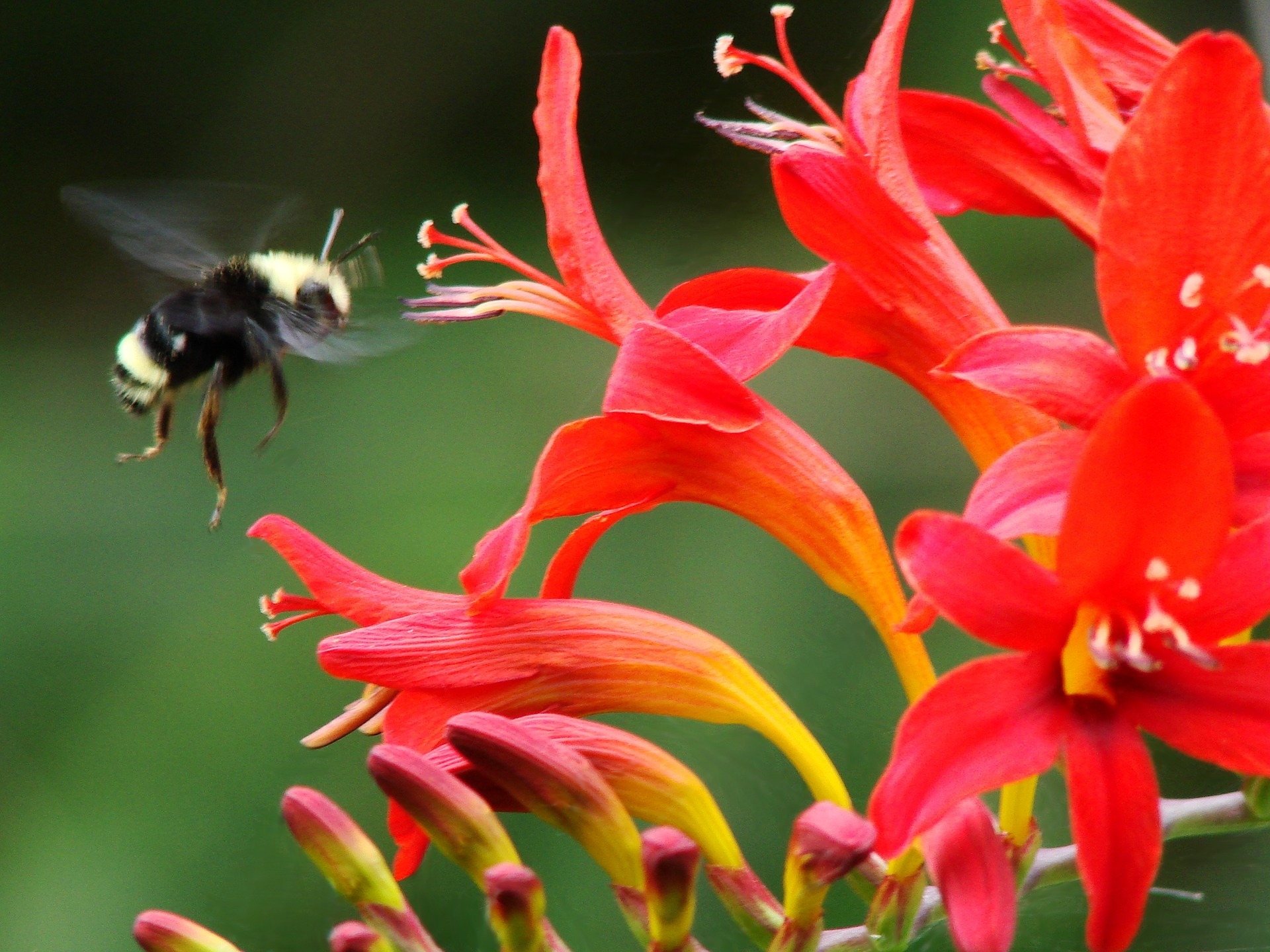
Where to Plant Crocosmia
Try to find somewhere to plant crocosmia that’s ideally exposed fully to the sun, it is a good idea to plant in a south-facing flowerbed. Where this isn’t possible they can also survive in partial shade.
Plant in fertile, well-drained soil that’s rich in humus. Crocosmia don’t do well in hot, dry sites so try to find soil that’s moist and try to find an area that’s sheltered from cold drying winds.
Planting Crocosmia
Crocosmia are an extremely reliable late summer flowering plant that can add a much needed injection of rich colour to a flower bed just as other herbaceous flowers start to reach their peak. They have a generally long flowering period too with many varieties staying in flower well into autumn.
Crocosmia “corms” (or bulbs) should be planted in spring once there is no more risk of frost. Where conditions are cool or soil temperature is cold, delay planting until the soil starts to warm up.
Plant corms 2-3 inches deep, 6-8 inches away from one another, and 18-24 inches away from other types of plants. Plant corms with the point facing upwards and cover it. Press the soil down around the planting area and water.
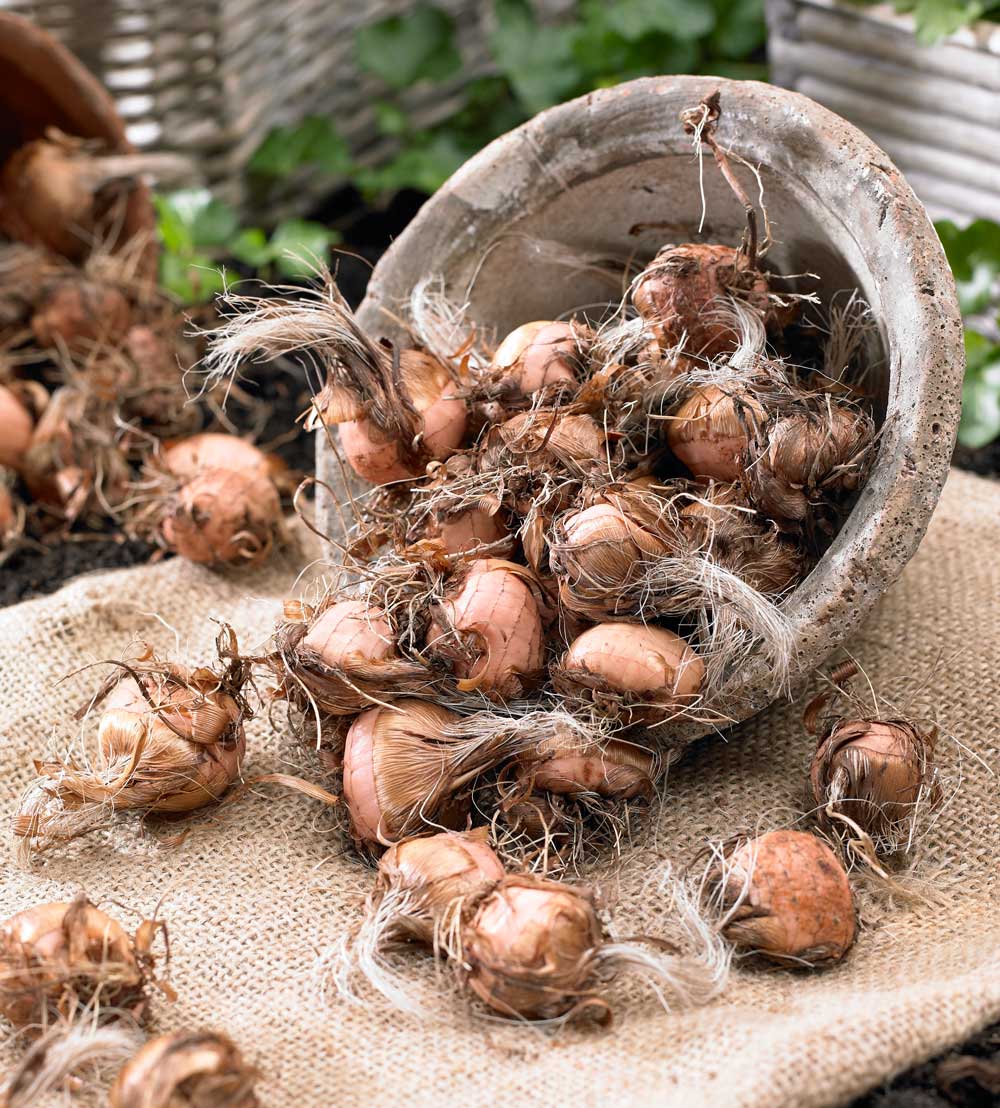
Crocosmia Maintenance
Keep the soil moist by watering your crocosmias once a week during the growing season. Deadhead crocosmias regularly to encourage new blooms. Cut the stem back where they meet the leaves.
Be sure to keep the leaves of a crocosmia after the flower has finished blooming, as they can be reused to provide an energy charge to the bulb through photosynthesis.
Divide crocosmia every 3-4 years in late summer or early autumn to restore the strength of the plant and to encourage further flower production.

Get in Touch!
If you have any questions about planting crocosmia contact us on social media- @CountryLifeGC (Links in footer). If you have a specific problem such as pest damage it’s really helpful to send us a picture- we’d love to help!

